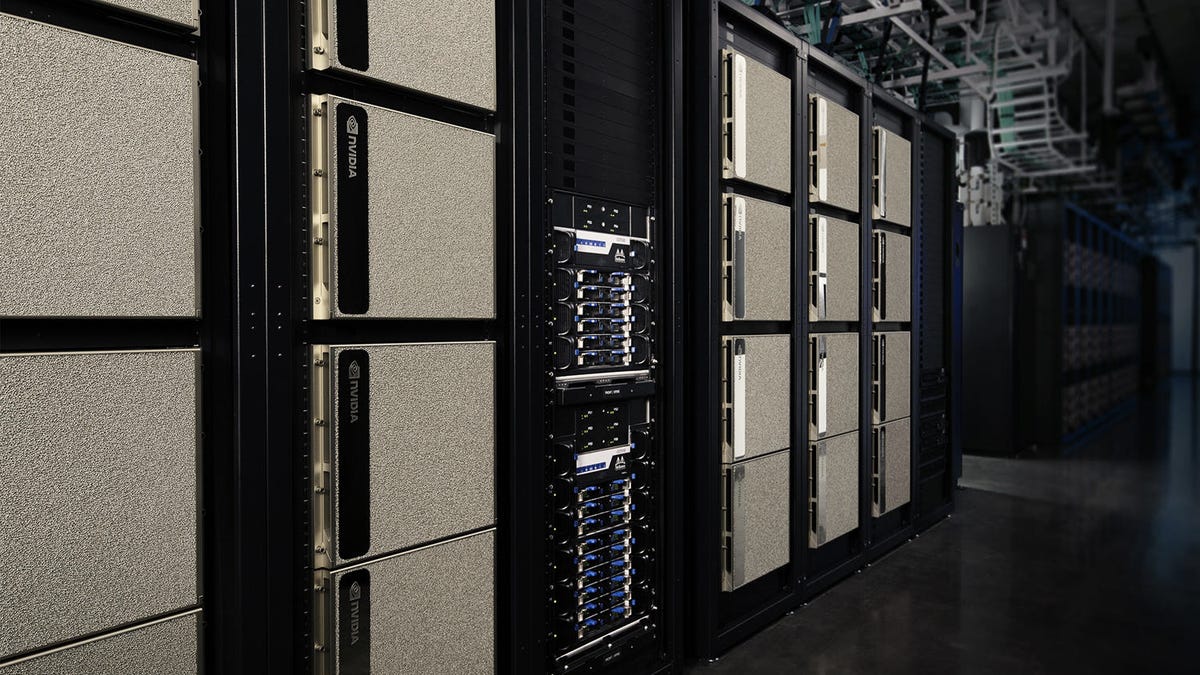Nvidia's new 9.4-petaflop supercomputer aims to help train self-driving cars
DGX SuperPOD is the 22nd-fastest supercomputer in the world.
Sure, it might let you run all the Minecraft shaders you could possibly install, but supercomputers tend to find themselves involved in actual beneficial work, like molecular modeling or weather prediction. Or, in the case of Nvidia's latest monolithic machine, it can be used to further self-driving-car technology.
Nvidia on Monday unveiled the DGX SuperPOD. Now the 22nd-fastest supercomputer in the world, it's meant to train the algorithms and neural networks tucked away inside autonomous development vehicles, improving the software for better on-road results. Nvidia points out that a single vehicle collecting AV data could generate 1 terabyte per hour -- multiply that out by an entire fleet of cars, and you can see why crunching crazy amounts of data is necessary for something like this.
The DGX SuperPOD took just three weeks to assemble. Using 96 Nvidia DGX-2H supercomputers, comprised of 1,536 interconnected V100 Tensor Core GPUs, the whole shebang produces 9.4 petaflops of processing power. As an example for how beefy this system is, Nvidia pointed out that running a specific AI training model used to take 25 days when the model first came out, but the DGX SuperPOD can do it in under two minutes. Yet, it's not a terribly large system -- Nvidia says its overall footprint is about 400 times smaller than similar offerings, which could be built from thousands of individual servers.
A supercomputer is but one part of a larger ecosystem -- after all, it needs a data center that can actually handle this kind of throughput. Nvidia says that companies who want to use a solution like this, but lack the data-center infrastructure to do so, can rely on a number of partners that can lend their space to others.
While DGX SuperPOD is new, Nvidia's DGX supercomputers are already in use with various manufacturers and companies who need that kind of crunching power. Nvidia said in its blog post that BMW, Continental and Ford are all using DGX systems for various purposes. As autonomous development continues to grow in scope, having this kind of processing power is going to prove all but necessary.


